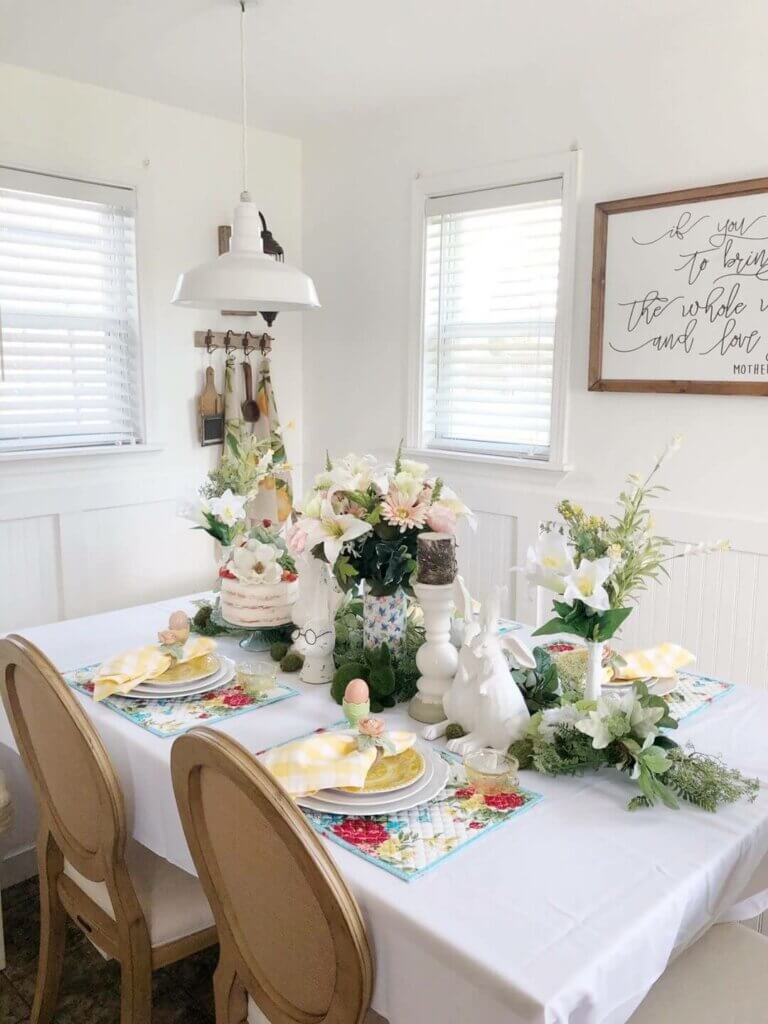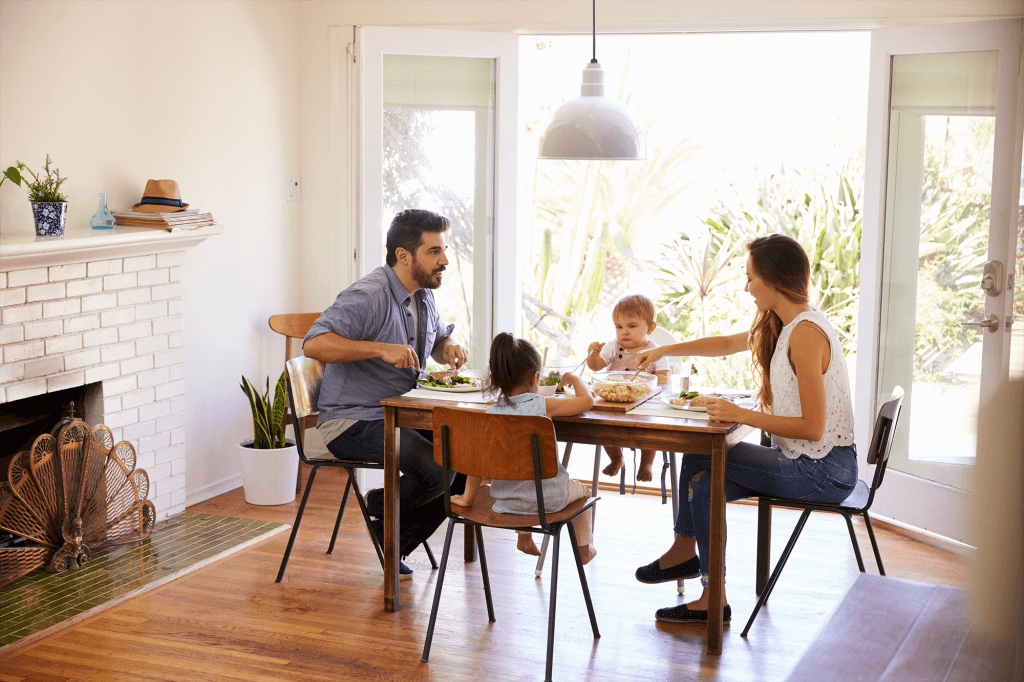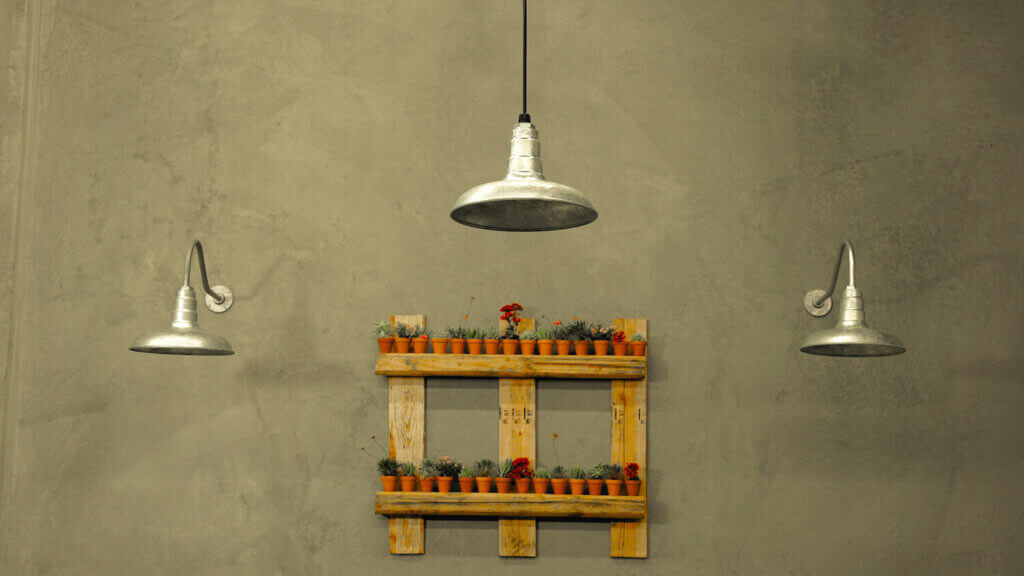Your cart is currently empty!
Dining Room Lighting Tips and Principles
In spite of this, the humble dining room is still arguably the most important space for a house when it comes to entertaining and socializing, whether that be formal or informal. To that end, having the right lighting for this room is doubly important, as lighting allows you to dictate the atmosphere you want to present in your dining room as much as possible.
So whether it’s just for family meals around a table or for those special occasions where guests visit the home, the dining room can be an awesome space that deserves to have the best lighting it can.
Lighting a Dining Room
So, let’s get straight to business. Lighting your dining room is, much like any other space in the house, very much a question of what the dimensions of the space look like. What may light one dining room well, might leave another feeling like a dark cave.
However, there are ways around this if we acknowledge some basic principles. First off, the dining room table is the main event of any self-respecting dining room and deserves to be the focal point of any lighting setup. The reasoning behind this is pretty straightforward – for the majority of their time in a dining room, people are going to be sitting around that table, so making it look as good as possible is the key to a good experience.
Overhead lighting is essential in a dining room, and a ceiling-mounted light fixture is a must to ensure adequate illumination. The dining table, being a large, flat, and often multi-textured surface, requires plenty of light for comfortable visibility.
However, it’s important to balance this overhead lighting to avoid creating an overly stark or harsh environment, reminiscent of an interrogation room in a crime show. To achieve this balance, it’s advisable to include supporting lights around the sides of the room. These additional fixtures don’t need to be particularly intense; they can offer a softer accent, contributing to a warm and inviting ambiance in the dining room. This layered lighting approach enhances both the functionality and aesthetic appeal of the space.
While it is perfectly possible to have either a ceiling light or a wall light setup for the dining room, ideally you want a combination of the two to create a “layered” lighting environment. However, there are a variety of factors that can influence your decision.
Lighting based on Materials:
The materials you select for your lighting fixtures significantly influence the ambiance and aesthetic of your room. Different materials not only vary in appearance but also in how they interact with light, impacting the overall atmosphere and character of the space. Choosing the right material can create a distinct mood or accentuate your light source in a particular way. Here, we’ll explore some popular materials and discuss how these choices affect the perception and impact of your lighting:
Glass
Ah, glass. The usual suspects we think of when going on any lighting adventure, lighting with glass is kind of unavoidable as the vast majority of light fixtures use glass bulbs as a standard practice.
However, having just glass doesn’t need to be the answer all of the time and this can be built on to create a sprawling lighting design that can make any space stand out. If, though, you’re into the idea of only using clear glass fixtures, then there are pros to the approach.
For the most part, using clear glass fixtures will net you a brighter and more “polished” finish on your end product and can often be viewed as the most simple and elegant approach to lighting any room.
Conversely, Opal glass on a fixture will take the edge out of a lighting fixture and soften the approach, creating a far more diffused form of illumination that is often described as timeless.
Metal
Metal offers a vastly different approach to light fixtures and can be used to usher in a vintage character to any space, particularly when combined with a choice of finishes – such as brass or patina, that can help bring a warm, classic approach to lighting. Alternatively, when using colder metallic colors, such as blues, much colder lighting, and atmosphere can be achieved.
When used as a shade for ceiling lights, metal fixtures are often capable of creating the most focused example of light and remain a popular choice for many dining rooms as a result.
Light options, such as our own Carson and Rose Bowl lights, can offer the best results for those wanting to embrace a bright, vintage style for their dining room.
Wicker
Wicker is mostly used for those spaces that require a more informal approach to lighting, with their more natural and rustic finish creating a patterned warmth to a space that is often unachievable for other shade materials.
Getting Technical
Of course, it’s not just about creating an atmosphere, getting the basic principles of lighting for your dining room is a key element to a successful space. So grab a tape measure and a step ladder and start noting down some key measurements.
Scale, clearance, and spacing are the key areas you’re going to be figuring out. This will ensure two things – that your dining table is centered in the space as much as possible, and that your lighting fixture is an appropriate height from the table. If you have a table that has a nonrectangular shape, such as an oval or circular shape, then these measurements will similarly play a role in how you apply lighting to enhance these shapes.
But how far from the table should a light fixture be placed? Good question. For a ceiling light, an ideal height should be approximately 70 – 80 cm above the surface of the table as this will give the most unimpeded light across the table.
When mounting wall fixtures, a height of 1.5 – 1.6 meters (or between 5 – 5.5 ft) will give the ideal lighting of any table surface. Of course, this can differ based on the height of the ceiling and the style of lighting used.
For example, our Redondo barn-style wall-mounted steel light is ideally suited for providing a large amount of lighting for any occasion but is more ideally suited to spaces that allow a clearance of approximately 15ft off the ground. In the cases of standard dining space, a smaller wall fixture, such as our Hawthorne or Westchester lights, would be more appropriate for the task. Lighting for your dining room can often be a deceptively difficult task given the importance the dining room has as a social hub of the home. Making sure you have the right lighting for your space can be a great way to ensure the experience of eating with family around a table, or entertaining friends and extended family can be at the very least a pleasant experience.
Lighting for your dining room can often be a deceptively difficult task given the importance the dining room has as a social hub of the home. Making sure you have the right lighting for your space can be a great way to ensure the experience of eating with family around a table, or entertaining friends and extended family can be at the very least a pleasant experience.
If you have any questions about how barn-style lights can help achieve the perfect dining room set up, then be sure to give our helpful team of experts a call!

